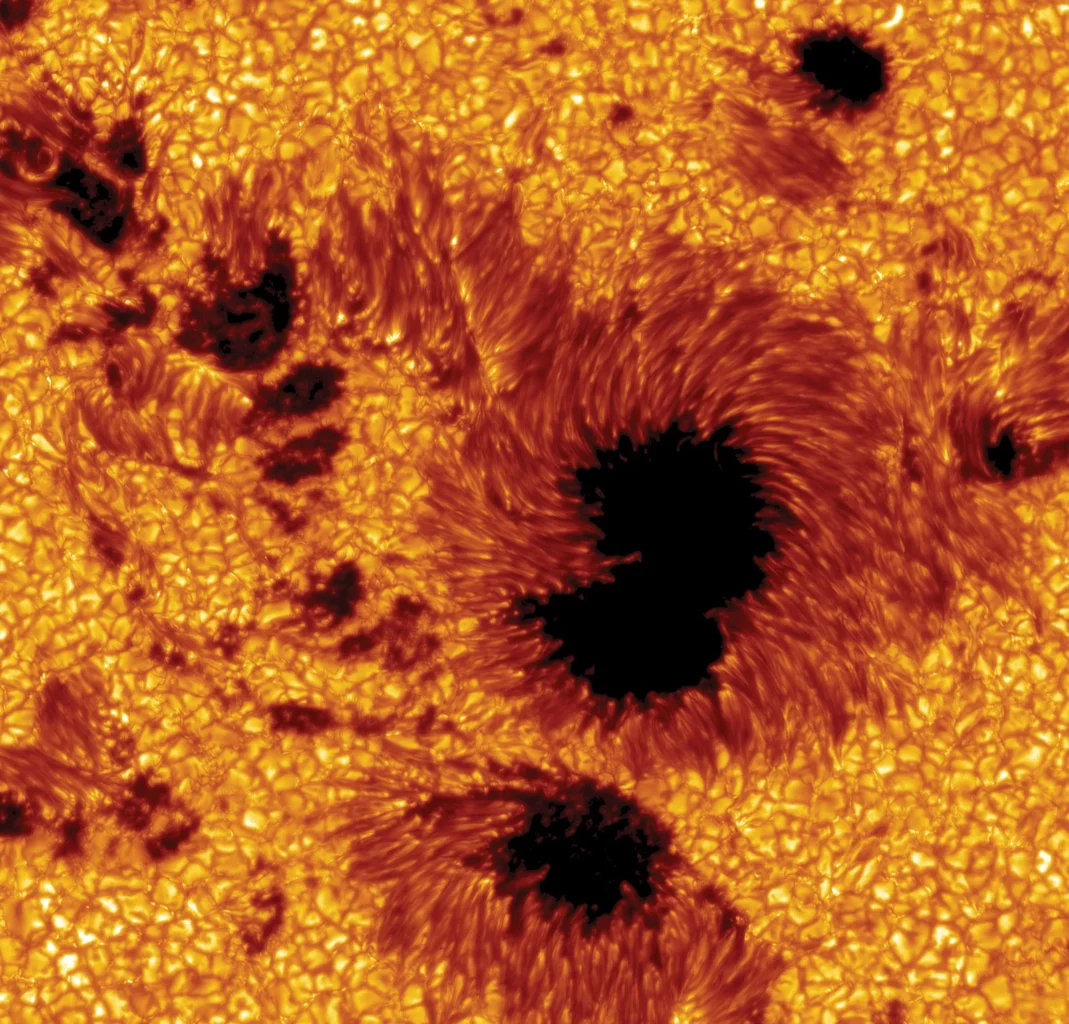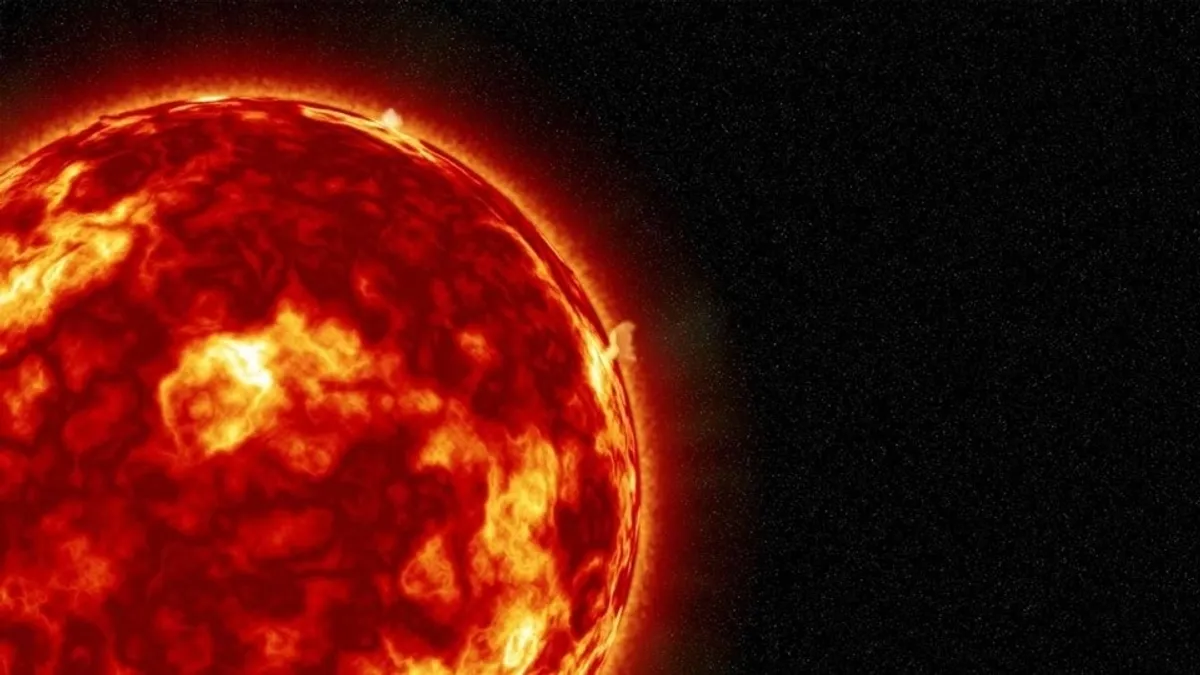Over the weekend of May 10-12, 2024, Earth experienced its most intense solar storm in over two decades. This celestial event sparked a geomagnetic storm, creating stunning auroras visible at much lower latitudes than usual.
The active sunspot region AR3664 was behind this remarkable display. As it moved out of Earth’s view around May 14th, it released an X8.79-class solar flare, the strongest of its kind at the time, causing significant radio blackouts. However, this was just the beginning of AR3664’s solar fireworks.
Enter the Solar Orbiter, a spacecraft led by the European Space Agency (ESA), which observed solar activity from the far side of the Sun, hidden from Earth’s view. On May 20th, its X-ray instrument, STIX, detected an extraordinary X12-class solar flare from AR3664, marking it as the strongest flare of the current solar cycle and one of the top ten since 1996.
X-class flares are the most powerful category of solar flares, with higher numbers indicating greater intensity. The X12-class flare from AR3664 was a significant solar event.

The sunspot
Solar Orbiter’s unique trajectory allows it to observe the Sun’s far side for extended periods, offering a comprehensive 360-degree view in combination with Earth-based observations.
After the May 20th flare, Solar Orbiter’s Energetic Particle Detector (EPD) recorded a surge in high-speed ions and electrons. This solar outburst caused memory errors in the computers onboard the BepiColombo and Mars Express missions, underscoring the far-reaching effects of solar activity. Solar Orbiter’s Metis coronagraph captured a coronal mass ejection (CME) traveling at up to 3000 km/s, causing significant fluctuations in the magnetic field and being visible from Earth through the ESA/NASA SOHO mission.
The data collected by Solar Orbiter, Mars Express, and BepiColombo showed AR3664 remained highly active even after leaving Earth’s view, providing valuable warnings for its return. On May 27th, AR3664 unleashed another outburst, causing a strong radio blackout over North America.
“If this flare and CME had been directed towards Earth, it would have caused another major geomagnetic storm,” noted Daniel Müller. On June 11th, Solar Orbiter observed another X-class flare from AR3664 on the Sun’s far side.
Understanding active regions like AR3664 is crucial for improving space weather forecasts. ESA’s upcoming Vigil mission will monitor the Sun’s left side, providing near real-time data on hazardous solar activity before it becomes visible from Earth.
Solar flares and their classification
Solar flares are powerful bursts of radiation which come from the Sun’s surface. They occur when magnetic energy stored in the Sun’s atmosphere is suddenly released, primarily in the active regions around sunspots. This release accelerates charged particles, generating intense electromagnetic radiation across the spectrum, from radio waves to X-rays and gamma rays.
Solar flares are classified by their intensity into five categories: A, B, C, M, and X, with X-class flares being the most powerful. Each category has tenfold more energy than the previous one, with X-class flares having additional subdivisions (e.g., X1, X10) indicating their strength.
These flares can affect Earth in several ways. The intense radiation can disturb the ionosphere, causing radio blackouts and affecting GPS and communication systems. They also often accompany coronal mass ejections (CMEs), which send vast clouds of solar plasma into space. If directed toward Earth, CMEs can trigger geomagnetic storms, disrupting satellites, power grids, and even causing auroras.
Solar flares are studied to understand space weather and protect our technological infrastructure. Missions like NASA’s Solar Dynamics Observatory and ESA’s Solar Orbiter provide valuable data, helping scientists predict these events and mitigate their impacts on Earth.
Hopefully, sometime in the future, we will be able to use the research being conducted to further broaden our horizons and understand the behavior of stars better.



